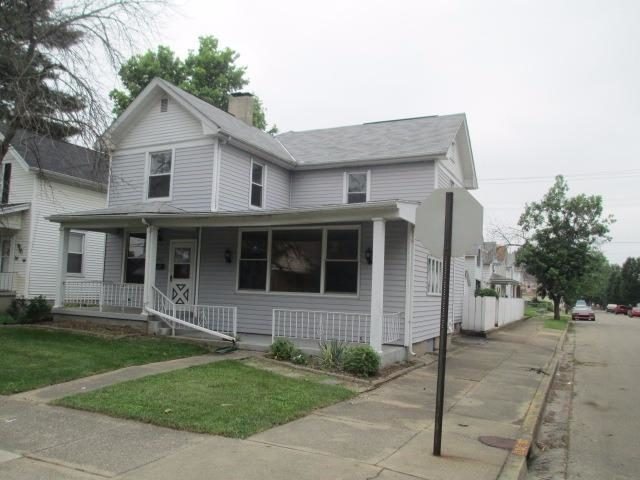5/6 • News • Florida • Miami
Here are 5 Miami neighborhoods where rents have risen most. One will surprise you
BY RENE RODRIGUEZ
Move over, Brickell. Make room, South Beach. A new neighborhood has cracked a list of the top five areas around Miami-Dade where rents have risen the most — and it’s far away in landlocked suburbia.
According to a report by rent.com, the average rent of a one-bedroom apartment in the Kendall suburb of Dadeland in March was $2,099 — a 3.4 percent jump over the same period in 2018.
Dadeland took the fifth spot on the list. The other four neighborhoods were the usual suspects.
▪ Brickell placed first, with an average rent of $2,749 for a one-bedroom apartment, a 23.9 percent increase over 2018.
▪ Downtown Miami came in second, with an average rent of $2,434 for a one-bedroom, a 13.5 percent spike.
▪ The Upper Eastside area (which includes Morningside, Little River and Shorecrest) came in third, with an average rent of $1,910 for a one-bedroom, an 11.6 percent jump.
▪ Iconic South Beach placed fourth, with an average rent of $1,986 for a one-bedroom, a 7.6 percent jump.
Brian Carberry, managing editor for rent.com, said the study is based on current listings on the website and that certain neighborhoods were disregarded due to lack of inventory in 2018. The average rent in Wynwood, for example, jumped 31 percent, but that neighborhood only had one active apartment rental building last year.
While the data used in the study is empirical, experts say the growing popularity of the Dadeland neighborhood — which stretches east from State Road 874 to Southwest 62nd Avenue and south from State Road 878 to Kendall Drive — is not surprising.
“You’re seeing the culmination of the downtown Kendall master plan that the county adopted [in 1998],” said Neisen Kasdin, managing partner of the Akerman law firm Miami office. “New developments were built pursuant to those changes in land use and zoning.
“They leveraged the area’s great access to mass transit, which is becoming increasingly important in people’s decisions about where to live so they’re not car-dependent,” Kasdin said. “And pricing wise, it’s a little more favorable than downtown and Brickell.”
The Dadeland neighborhood incorporates two Metrorail stations and is anchored by the mammoth Dadeland Mall. According to the Miami Association of Realtors, the area has a population of 12,700 — a 21 percent jump since 2010 — and the median age is 36. The median household income is $54,335, which is higher than the county median income of $46,338.
Over the last five years, a total of five buildings offering 2,125 new apartment rentals has been added to the area. Another 216-unit rental building for people aged 55 and over will be finished by the end of 2019.
Sarah Desamours, real estate agent at Compass Florida, said the majority of people moving to the area work at the nearby Baptist and University of Miami hospitals or are college students.
“A lot of people want to live close to work, but it’s too expensive,” she said. “They can’t afford Brickell but they realize they can get a much nicer apartment here and hop on the train to work.”
Neighborhoods that showed a drop in rent from March 2018-March 2019 in the rent.com report included Edgewater (a 5.7 percent drop), Allapattah (0.9 percent) and Midtown (0.9 percent)
You can find the remaining Miami Herald article
here.
